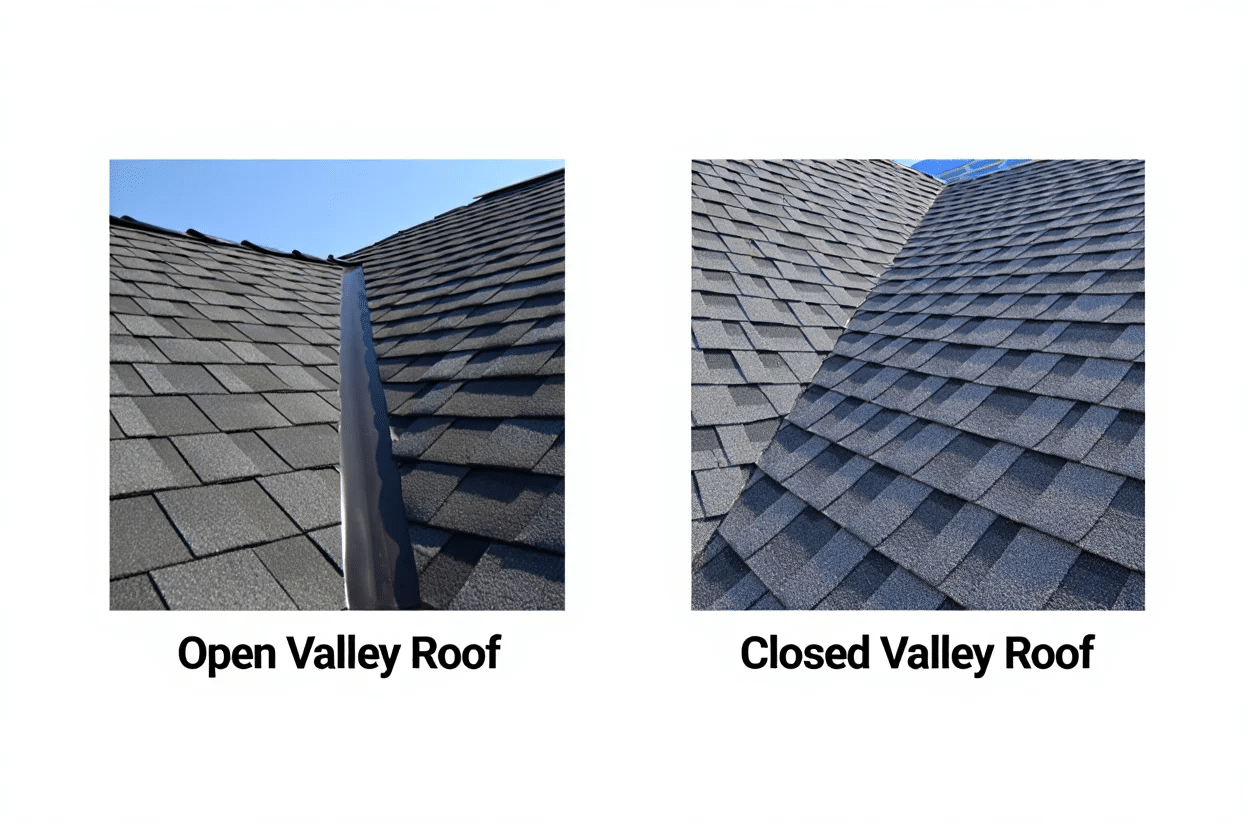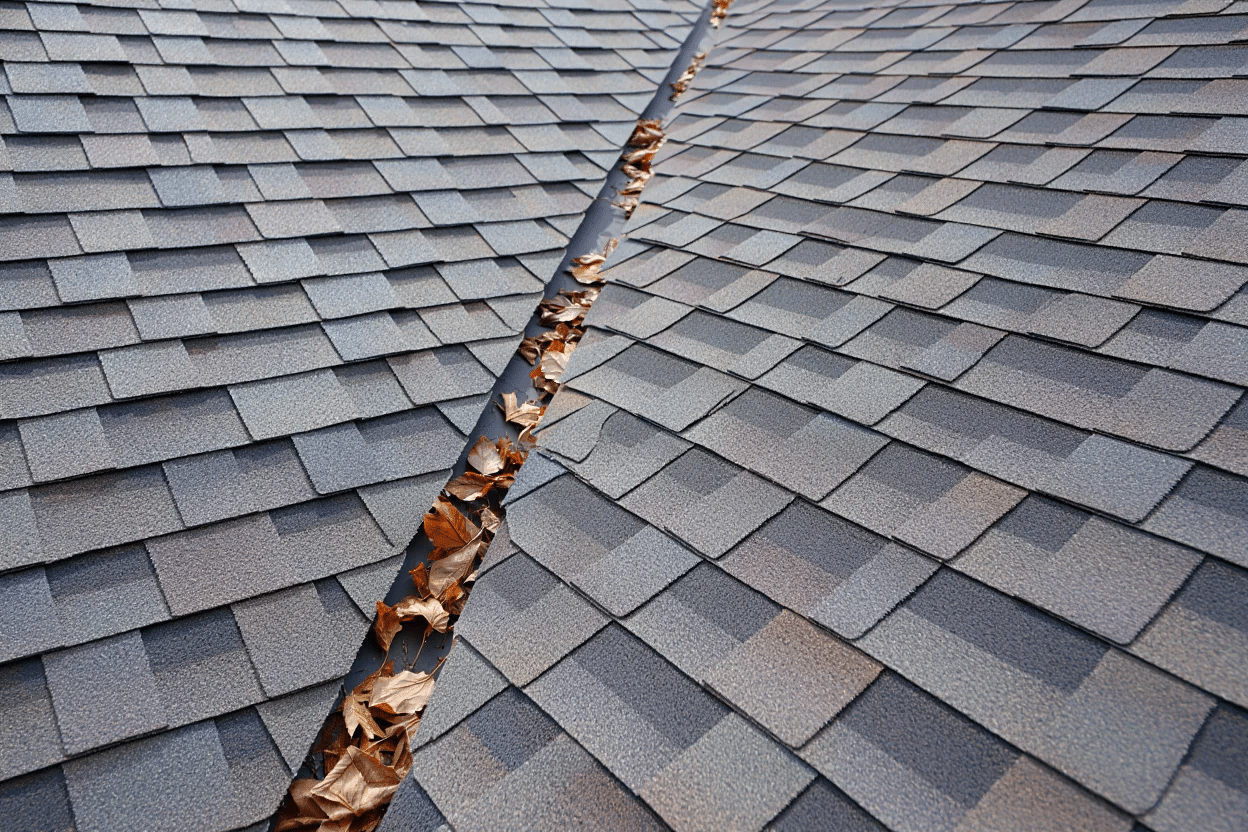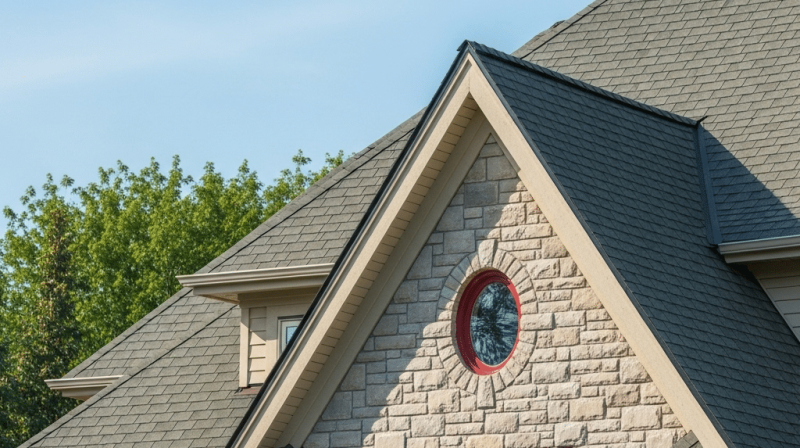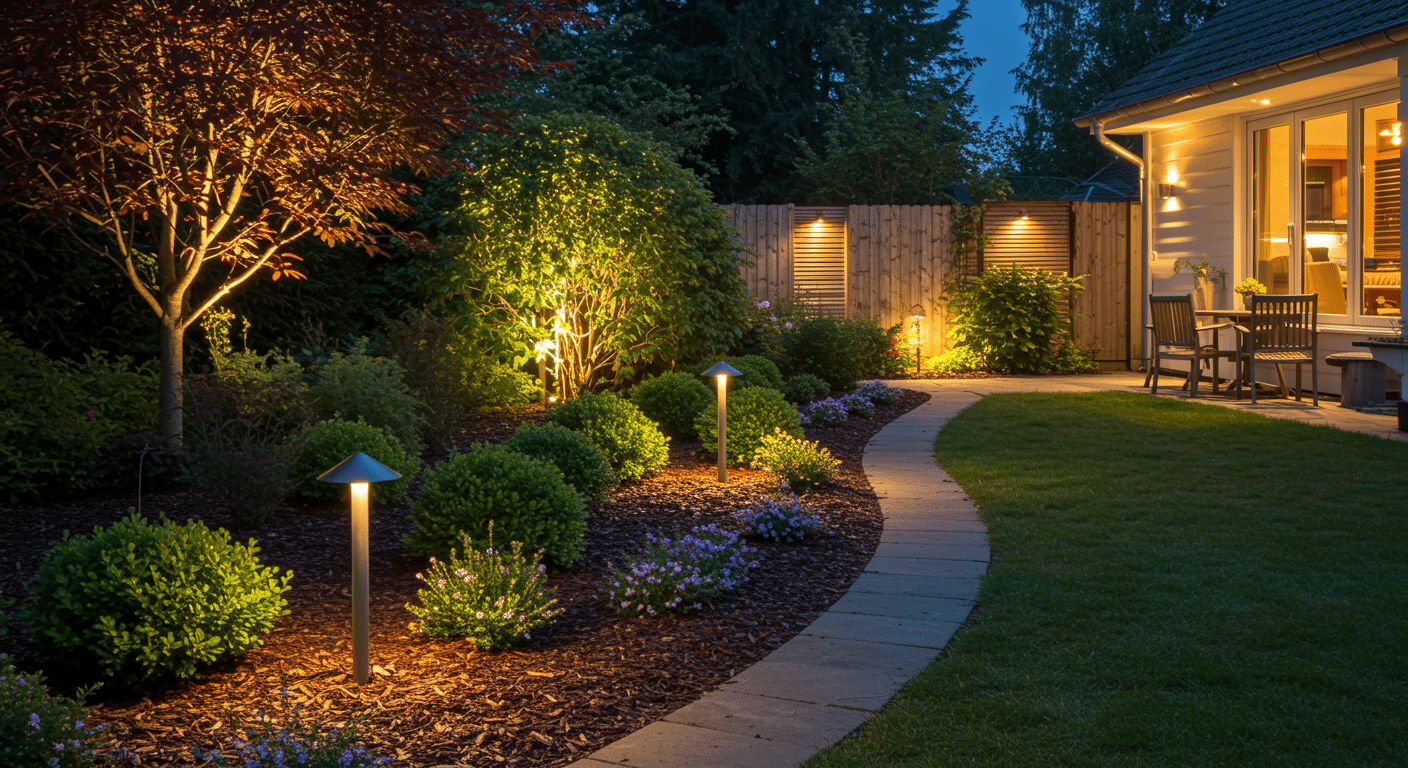Most homeowners don’t think twice about roof valleys until water starts leaking into their living room.
But here’s the thing, choosing between open valley vs closed valley can save you thousands in repairs and boost your home’s curb appeal.
I’ll help you understand exactly which valley type works best for your home. You’ll learn how each option affects your roof’s durability, looks, and your wallet.
Plus, I’ll share the key factors that should guide your decision. By the end, you’ll know whether open or closed valleys make sense for your specific situation and budget.
What is a Roof Valley?
Roof valleys are the V-shaped areas where two roof slopes meet and come together. Think of them like the corner where two walls meet, but they’re angled downward.
I see valleys as your roof’s highway system for water. When rain hits your roof, it flows down these valleys straight to your gutters. They’re basically the drainage channels that keep water moving off your roof instead of pooling up.
Without proper valleys, water would sit on your roof and eventually find its way inside your home. That’s why getting them right matters so much.
Open Valley vs Closed Valley
| Feature | Open Valley | Closed Valley |
|---|---|---|
| Visual Style | Metal flashing is visible and creates contrast | Shingles cover everything for a uniform look |
| Materials Used | Metal flashing (aluminum, steel, or copper) plus shingles | Only shingles with felt underlayment |
| Installation Complexity | More complex – requires precision and extra labor | Simpler installation, less time needed |
| Durability & Maintenance | Lasts 20-50 years, minimal maintenance required | Needs frequent repairs, shorter lifespan |
| Performance in Harsh Weather | Excellent; handles heavy rain, snow, and wind | Poor; more susceptible to leaks and damage |
I always tell my clients that open valleys win on performance, while closed valleys win on initial cost. The choice really depends on your priorities and local weather conditions.
Drawbacks to Consider with Open vs Closed Valleys

I always believe in giving you the full picture, so let’s talk about where each system falls short.
Open Valley Challenges
- Higher Upfront Costs: Quality metal flashing and precision installation mean you’ll pay more initially. Copper can really stretch your budget.
- Design Mismatch Risk: Choose the wrong metal color or finish, and it might clash with your home’s style. I’ve seen some unfortunate combinations over the years.
Closed Valley Problems
- Frequent Repair Needs: Without metal protection, shingles take a beating from weather. You’ll likely face more maintenance calls.
- Leak Vulnerability: Water runs directly over shingles, causing granule loss and potential cracks. When shingles fail, water finds its way into your attic.
- Shorter Lifespan: These systems typically need replacement sooner, which can cost more than the initial savings.
- Limited Visual Appeal: Some homeowners find the uniform look too plain or boring.
Best Avoided When
| System | Avoid If You Have… |
|---|---|
| Open Valley | Tight budgets, very specific color schemes, simple ranch-style homes |
| Closed Valley | Heavy rainfall areas, steep roofs, limited maintenance time/budget |
Maintenance and Inspection Tips for Each Valley Type
Regular maintenance can save you thousands in repair costs, regardless of which valley system you choose. I’ve seen too many small issues turn into major headaches because homeowners didn’t catch problems early enough.
How Often Should You Inspect Your Valleys?
I recommend checking your valleys twice a year, once in spring after winter weather and again in fall before the harsh season hits. For open valleys, you can usually spot issues from the ground with binoculars since the metal flashing is visible.
Closed valleys need closer inspection because problems hide under the shingles. If you live in an area with frequent storms or heavy snowfall, I suggest monthly visual checks during peak weather seasons.
Red Flags for Open Valley Systems
Watch for rust spots or corrosion on your metal flashing, especially around seams and edges. I often find that loose or lifted flashing edges signal trouble ahead. Also look for debris buildup that blocks water flow or any dents from fallen branches.
If you notice water stains on your fascia boards or gutters directly below the valley, that’s a sign your flashing might have developed a leak.
Warning Signs for Closed Valley Systems
Missing or damaged shingles in the valley area are your biggest concern. I tell homeowners to look for granule buildup in gutters, which indicates shingle wear in the valley. Water stains on interior walls or ceilings near valley areas are serious red flags.
You might also notice algae growth or dark streaks running down from the valley, which suggests water isn’t flowing properly and is instead sitting on your shingles.
Which is Best for Your Roof Type?

Your roof material and design play a huge role in determining which valley system works best. I’ve learned that what works perfectly on one roof type can be a disaster on another, so let me break down the ideal matches for you.
Asphalt Shingles
For standard asphalt shingle roofs, I typically recommend open valleys in most situations. The metal flashing protects your shingles from constant water exposure and extends their lifespan.
However, closed valleys work fine if you’re in a dry climate with minimal rainfall. The key is ensuring proper felt underlayment installation. I’ve seen too many failed closed valley systems where corners were cut during installation.
Metal Panels
Metal roofing almost always pairs better with open valley systems. The different expansion rates between your roof panels and valley materials can cause problems with closed installations.
Plus, metal-to-metal connections (roof panels meeting metal flashing) create stronger, more weather-resistant seals. I rarely recommend closed valleys for metal roofing projects.
Tile Roofs
Clay and concrete tiles work best with open valleys, hands down. Tiles are heavy and rigid, making proper water channeling critical.
The metal flashing handles water volume much better than trying to weave tiles together. I’ve seen closed tile valleys fail within just a few years due to water backup and tile cracking.
Synthetic or Composite Roofing
These newer materials offer flexibility for either valley type. I base my recommendations on your specific product and local weather conditions.
High-quality synthetic materials often perform well with closed valleys, while basic composite shingles benefit from open valley protection.
Cost Breakdown Chart
I’ve put together some realistic cost estimates to help you budget for your valley project:
Sample Cost Comparison (100 Linear Feet)
| Valley Type | Materials | Labor | Total Range |
|---|---|---|---|
| Closed Valley | $150-300 | $400-600 | $550-900 |
| Open Valley (Aluminum) | $300-500 | $600-900 | $900-1,400 |
| Open Valley (Copper) | $800-1,200 | $600-900 | $1,400-2,100 |
Variables That Impact Your Final Price:
- Roof Size – More linear feet means higher costs across the board
- Roof Complexity – Multiple valleys, steep pitches, or hard-to-reach areas increase labor time
- Regional Differences – California and New York typically cost 30-50% more than Midwest locations
- Contractor Experience – Specialists may charge more but deliver better results
Wrap Up
You now understand that open valley vs closed valley isn’t just about looks – it’s about matching your roof system to your home’s needs. Open valleys excel in protection and durability, while closed valleys shine in cost savings and visual simplicity.
Every home situation is unique. Your climate, roof type, and budget create a specific set of requirements that no generic advice can address.
Ready to move forward? Contact local roofing contractors for personalized quotes and let them know you understand the differences between valley systems.







